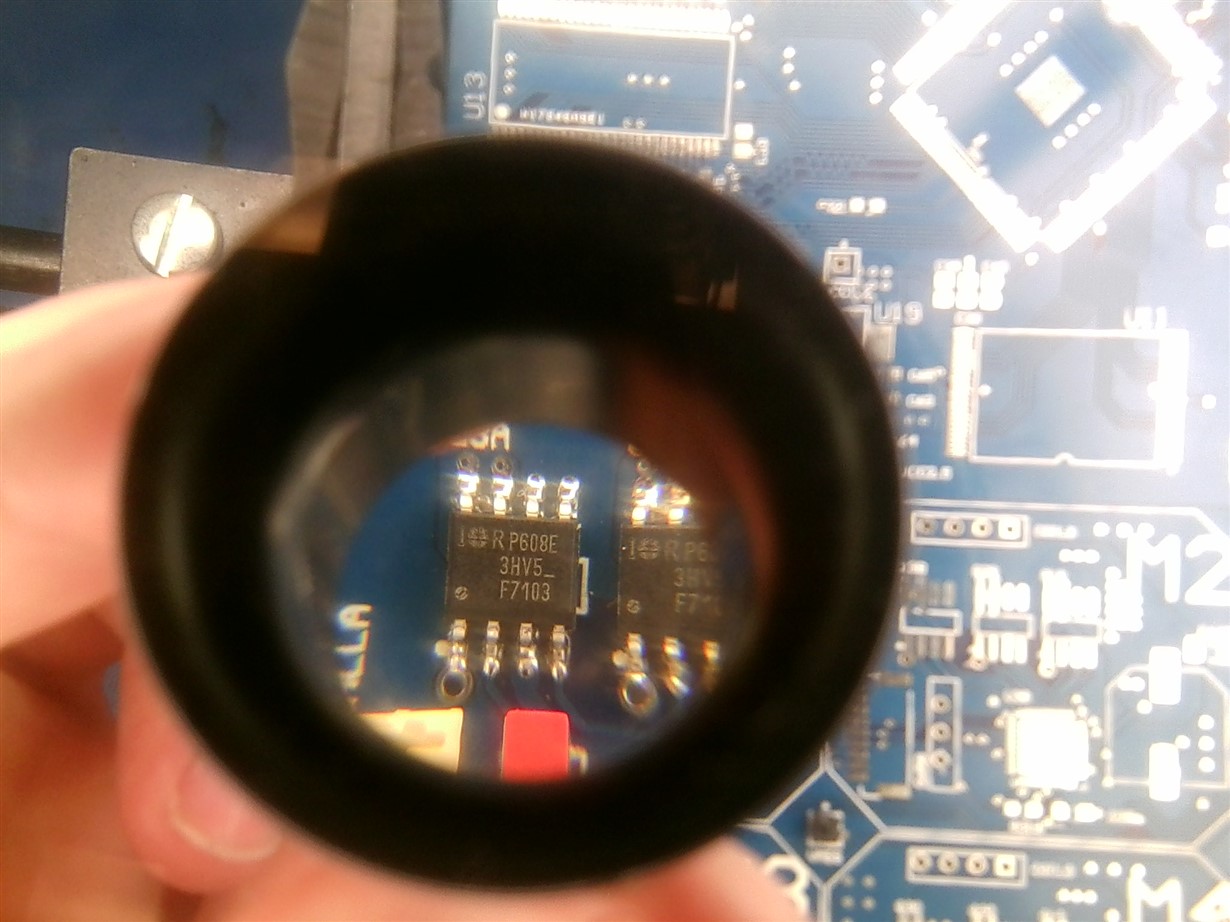Hi,
I am using the DRV8308 to control some sensored brushless DC motors. I have followed the application schematic in the datasheet closely. Here is my schematic from my board.
I have printed this board and assembled the motor controller portion of it. When I test for shorts I get a short from VCC_MOT to MGND. When I remove the current sense resistor the short goes away. It is not a caused by a solder bridge. I have tested the MOSFETs and it doesn't seem like any of them are shorted. The only way I can see this happening is it the high and low sides of the bridges were open at the same time.
The motor was not plugged in for these tests. They are very expensive and I don't want to risk hurting them until I know the driver is safe.
Can someone tell me what is wrong with this schematic?


